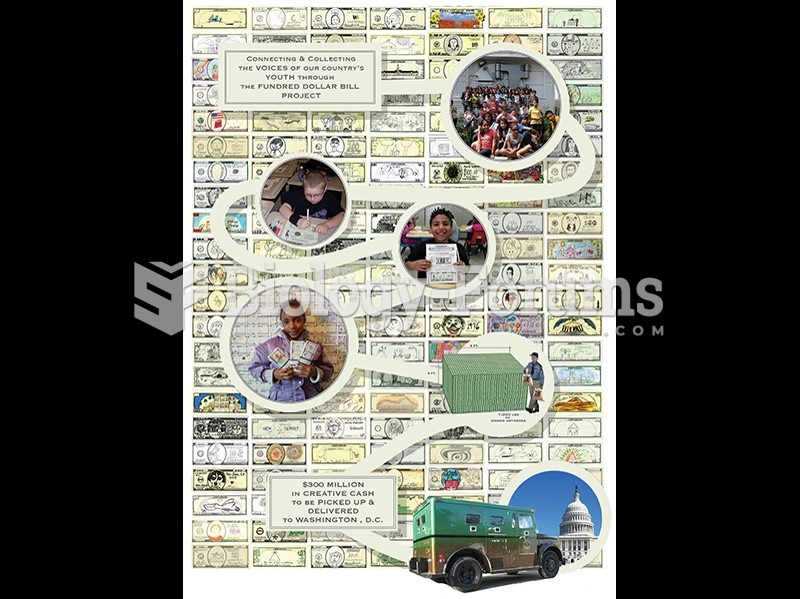Answer to Question 1
1. The electricity bill can also be reduced by adjusting the thermostat and turning off lights in storage ares during slow hours. Julia can do a better job of labor scheduling to control labor costs. The cost of milk cannot be reduced directly unless Julia finds a new vendor that offers better prices. Management needs to review the usage for milk to see if there are any areas where milk is being wasted.
2. Management needs to consider customer impac before making any changes. While turning off lights in non-customer areas or during slow times will probably not impact customers, adjusting the thermostat may if it is done during service hours. Management needs to monitor customer service responses to make sure that adequate levels of staffing continue. Perhaps better training will enable fewer staff to maintain customer service levels. Customers would only be effected by consilidated orders is the operation begins to run out of product between deliveries. Reviewing possible waste for milk products will not impact customers.
3. Noncontrollable costs, such as rent, cannot be reduced.
4. Electricity is a semivariable cost because while the rate for electricity cannot be negotiated, the amount of elecricity used can be controlled. . However, Julia can take some measures such as making sure the refrigerators and coolers are clean so that they can run efficiently. Also, cooks can delay pre-heating ovens and fryers so they are preheated for service but are not preheated for hours before the start of service. If there are multiple ovens and fryers, some can be turned off during slower hours.. If air conditioning is used, the thermostat can be set to a higher temperature during slow business hours or when restaurant is closed.
5. When costs cannot be cut, profits can still be increased by increasing menu prices and/or having a higher sales volume.
Answer to Question 2
B







